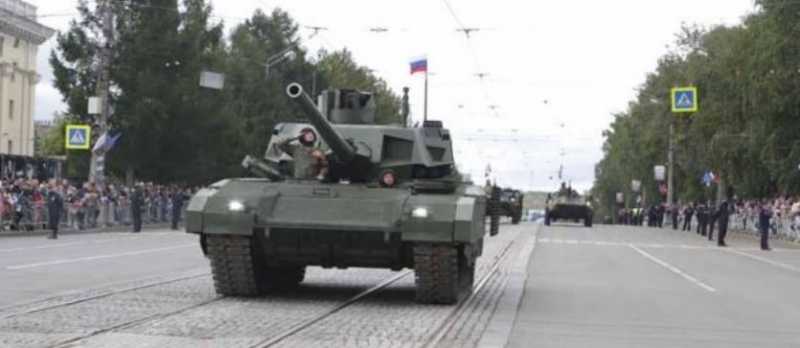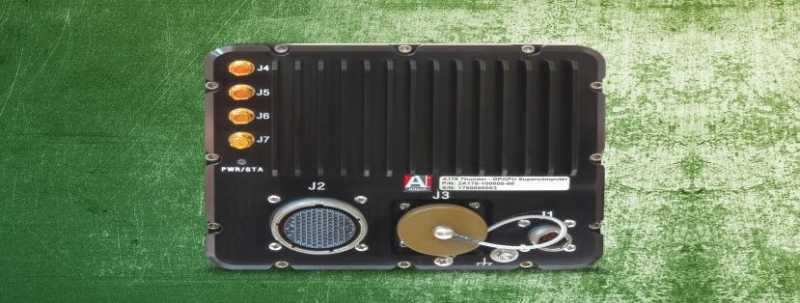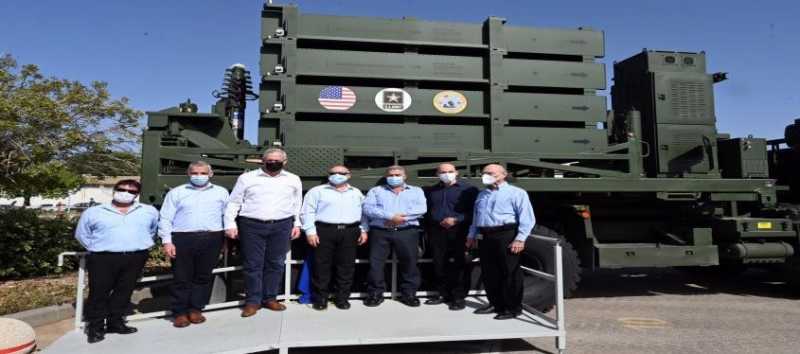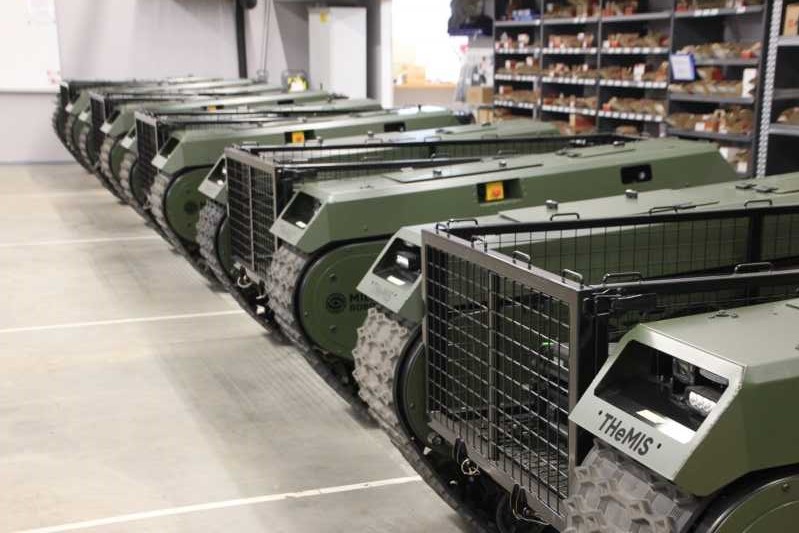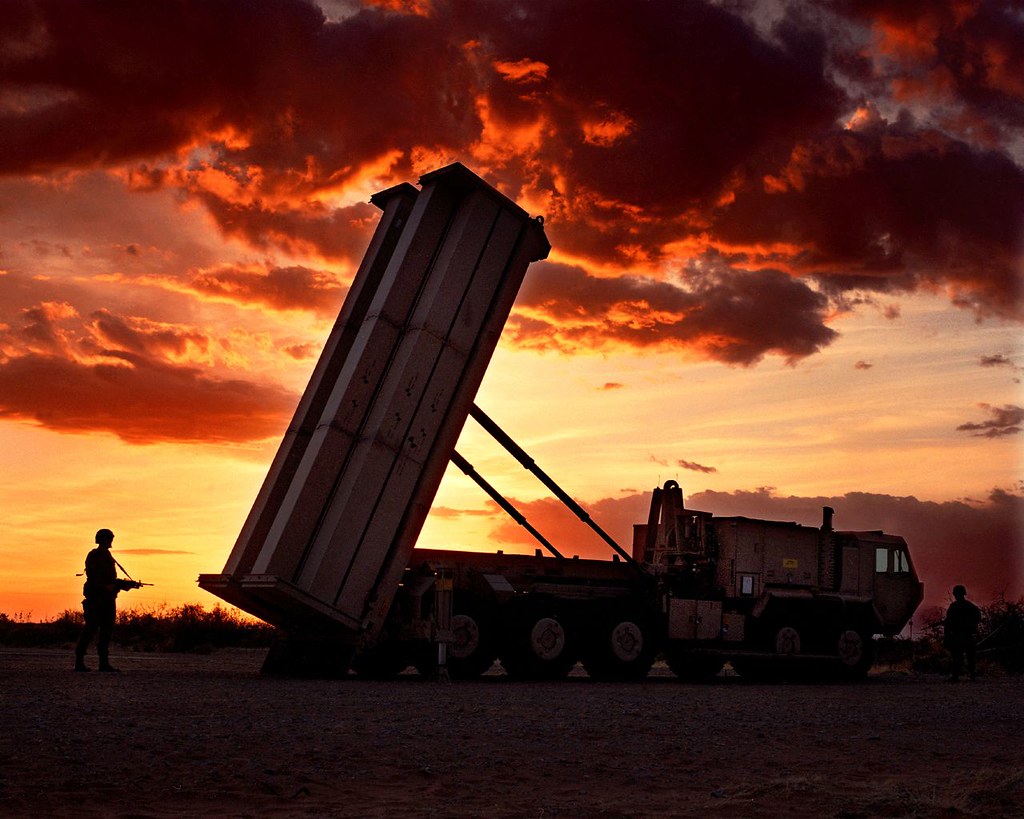
In a move set to profoundly reshape the strategic balance of power in the Middle East, Saudi Arabia has officially inaugurated its first Terminal High Altitude Area Defense (THAAD) missile defence unit. The June 2025 induction at the Royal Saudi Air Defense Forces Institute in Jeddah follows intensive training and field testing—making Riyadh the second Gulf state, after the UAE, to operate THAAD. The landmark deployment marks a critical enhancement to the Kingdom’s defensive capabilities amidst persistent regional volatility and escalating missile threats.
Geopolitical Drivers: Why Saudi Needs THAAD
The Middle East remains a crucible of geopolitical tension. From the enduring Iran-Saudi rivalry and the proliferation of ballistic missile technology to the persistent drone and missile attacks launched by Houthi rebels on vital Saudi oil and civilian infrastructure, the Kingdom has faced an increasingly complex and sophisticated aerial threat landscape. Existing air defence systems, while capable, have been challenged by the sheer volume and varied trajectories of these attacks. This environment has underscored Saudi Arabia’s urgent need for a robust, high-altitude interception capability. THAAD provides a high-altitude intercept layer to complement existing Patriot systems and fill gaps in air defence coverage.
What Is THAAD & Why It’s Game-Changing
For Saudi Arabia, the acquisition and operationalisation of THAAD is nothing short of a game-changer. Developed by Lockheed Martin and RTx, THAAD is a mobile anti-ballistic missile system using hit‑to‑kill technology to destroy incoming short- to intermediate-range ballistic missiles during their terminal phase, minimising collateral damage. A THAAD battery typically includes a launcher, interceptor missiles, a mobile command centre, and the powerful AN/TPY-2 radar, one of the most advanced missile defence radars in the world. It has an Interceptor Range of ~200 km and altitude up to 150 km. THAAD enables complementary layering as it works with Patriot systems and forward radars for multi-layer protection. Its deployment offers a new aerial defence envelope, capable of intercepting high-altitude threats before reaching a denser atmosphere.
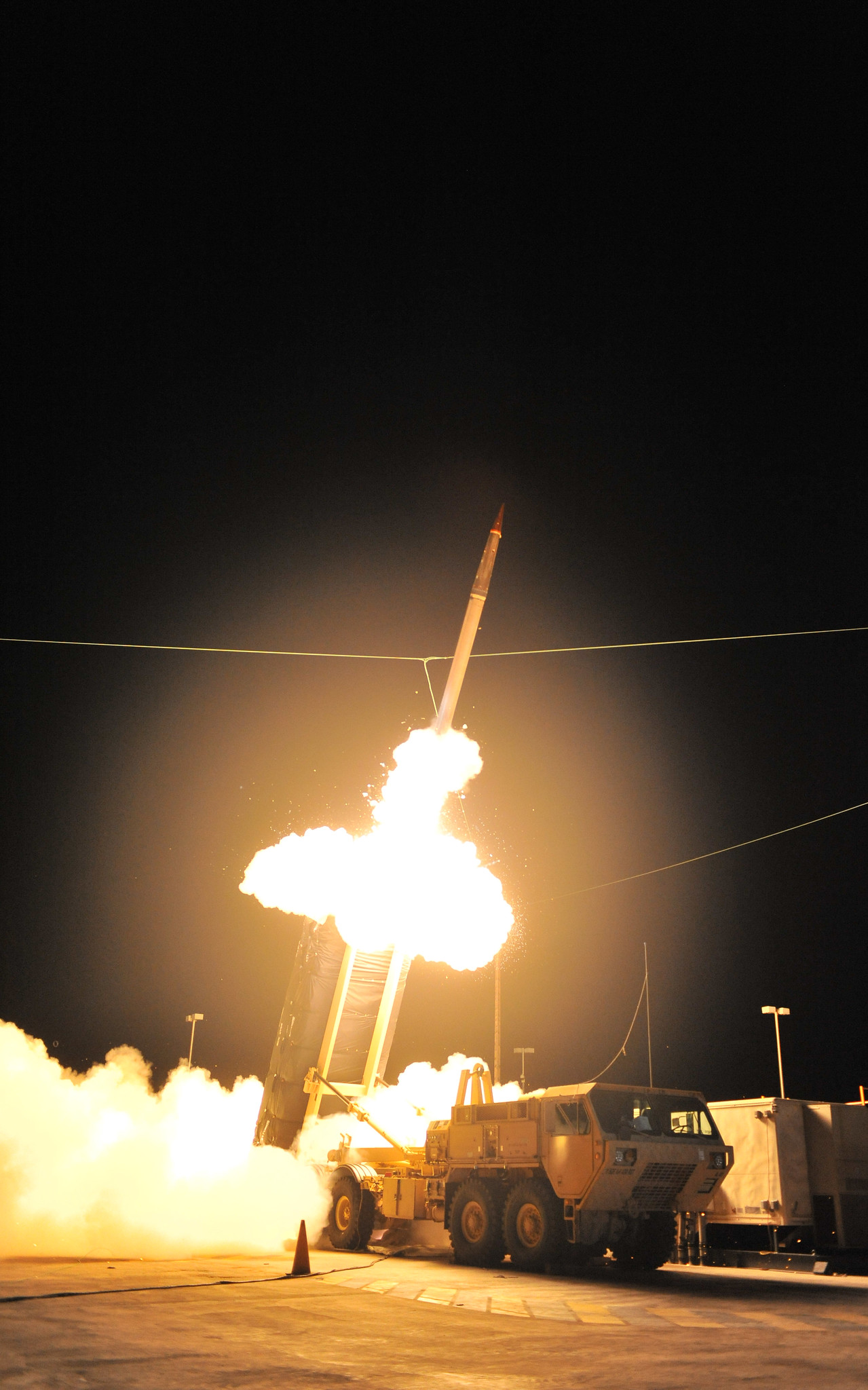
Strategic Partnerships & Industrial Upside
Procured in a $15 billion Foreign Military Sale approved in 2017, the deal covers seven THAAD batteries, 44 launchers, 360 interceptors, and radars. The inaugural battery reached full operational capacity by July 1, 2025, following training at Fort Bliss and local field tests.
In line with Vision 2030, Riyadh is localising THAAD production. The first domestically built Missile Round Pallet-Transportable (MRP‑T)—transport containers—rolled out in May 2025. Local production of launchers and canisters is underway via partnerships with Lockheed Martin, GAMI, and AIC Steel. This move enhances strategic autonomy, local job creation, and technological sovereignty.
Regional Defence Landscape and Ripple Effects
THAAD fundamentally enhances Saudi Arabia’s deterrence posture. The ability to credibly negate ballistic missile attacks against its cities, military installations, and critical oil facilities sends a powerful message to potential adversaries. It diminishes the effectiveness of hostile missile arsenals, thus raising the stakes for any aggression.
A Strategic Shift in Gulf Defence
With its first THAAD battery now operational, Saudi Arabia has taken a momentous step in Gulf air defence. Merging cutting-edge missile interception with a robust industrial strategy, the Kingdom is fortifying its sovereignty amid rising regional threats. Furthermore, this deployment underscores the deepening strategic partnership between Saudi Arabia and the United States, providing a clear signal of commitment to regional stability. Saudi Arabia’s move underscores a broader trend: in an era of missile proliferation, advanced, multi-layered defence systems are no longer luxuries—they are essential strategic assets. Saudi Arabia’s THAAD deployment isn’t just a capability upgrade—it’s a strategic pivot that could reshape defence dynamics across the Gulf.

